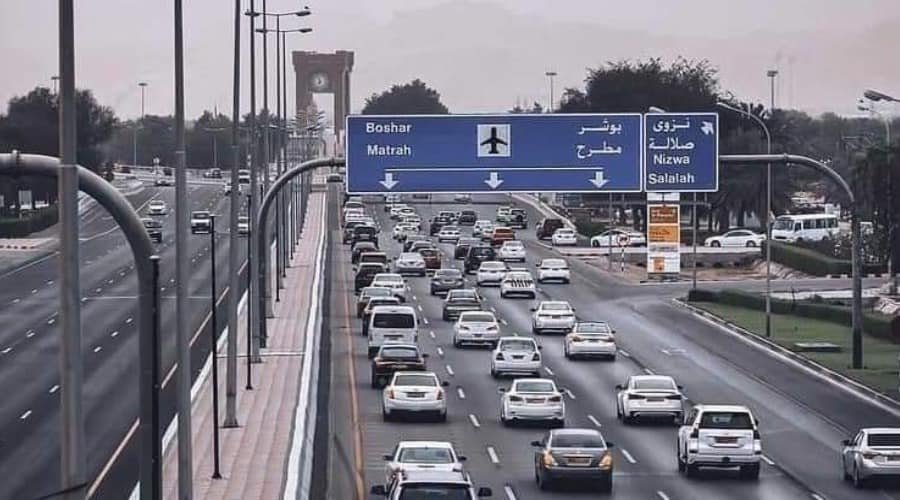MUSCAT: In 2024, the Sultanate of Oman witnessed a total of 1,854 road accidents resulting in 586 fatalities and 1,936 injuries, according to the annual report released by the National Centre for Statistics and Information (NCSI). These figures highlight the ongoing challenges faced by road safety authorities despite Oman’s reputation for having one of the world’s most advanced and well-maintained road networks. The report provides detailed demographic data on the victims, noting that among the fatalities were 235 male drivers, 125 male passengers, and 131 male pedestrians. This distribution indicates that a broad spectrum of road users remains vulnerable to traffic accidents.
The statistics underline that even with stringent traffic regulations and enforcement measures implemented by the Royal Oman Police (ROP), road accidents continue to pose significant risks to public safety. Authorities have introduced heavy penalties for traffic violations such as speeding, reckless driving, and non-compliance with safety standards, aiming to deter dangerous behaviour on the roads. However, the persistence of accidents suggests the need for enhanced public awareness campaigns, improved driver education, and perhaps further technological interventions such as smart traffic monitoring systems to strengthen compliance.
One of the critical factors contributing to the accident rates is the behaviour of drivers and pedestrians alike. Human error, distracted driving, non-adherence to traffic rules, and sometimes inadequate road user judgment play significant roles in causing accidents. Despite the availability of excellent infrastructure, these behavioural issues have resulted in tragic outcomes, emphasizing that road safety is not solely dependent on physical infrastructure but also on consistent responsible behaviour by all road users. The report also points to the necessity of continuous monitoring and data-driven strategies to effectively reduce road casualties.
Moving forward, Oman’s traffic authorities are likely to focus on integrating advanced safety technologies, increasing the frequency of patrols, and strengthening collaboration between various agencies involved in road safety management. Initiatives may include targeted campaigns addressing risky behaviours, improved emergency response capabilities, and investments in road design enhancements to mitigate accident hotspots. The overarching goal remains to reduce fatalities and injuries on the roads by fostering a culture of safe driving and pedestrian awareness, ensuring that the country’s modern road network lives up to its safety potential.



